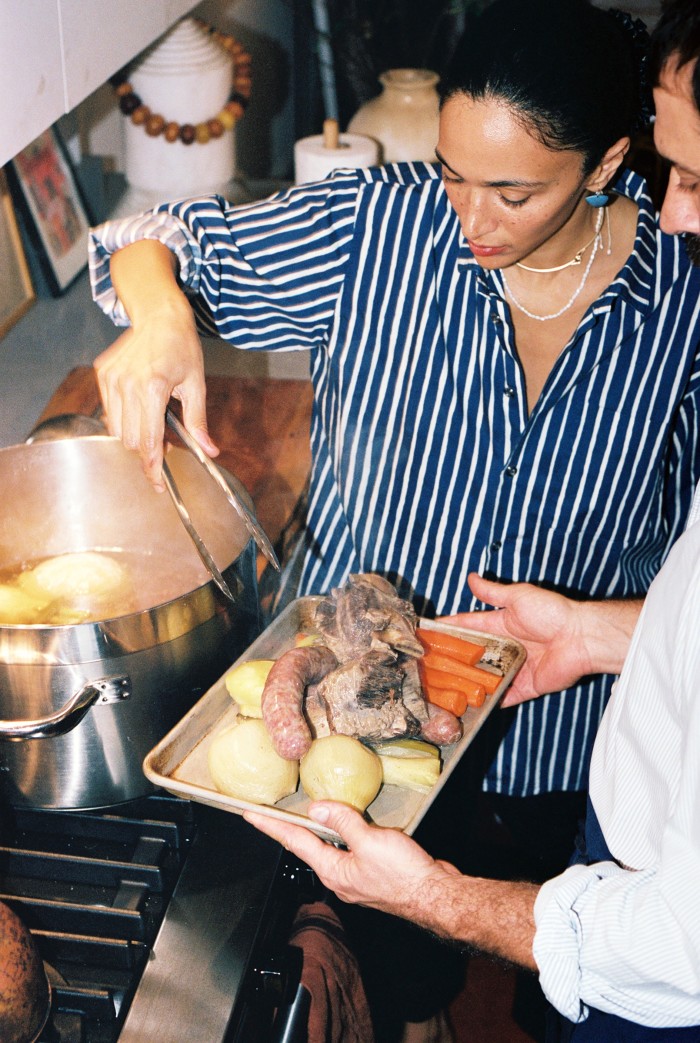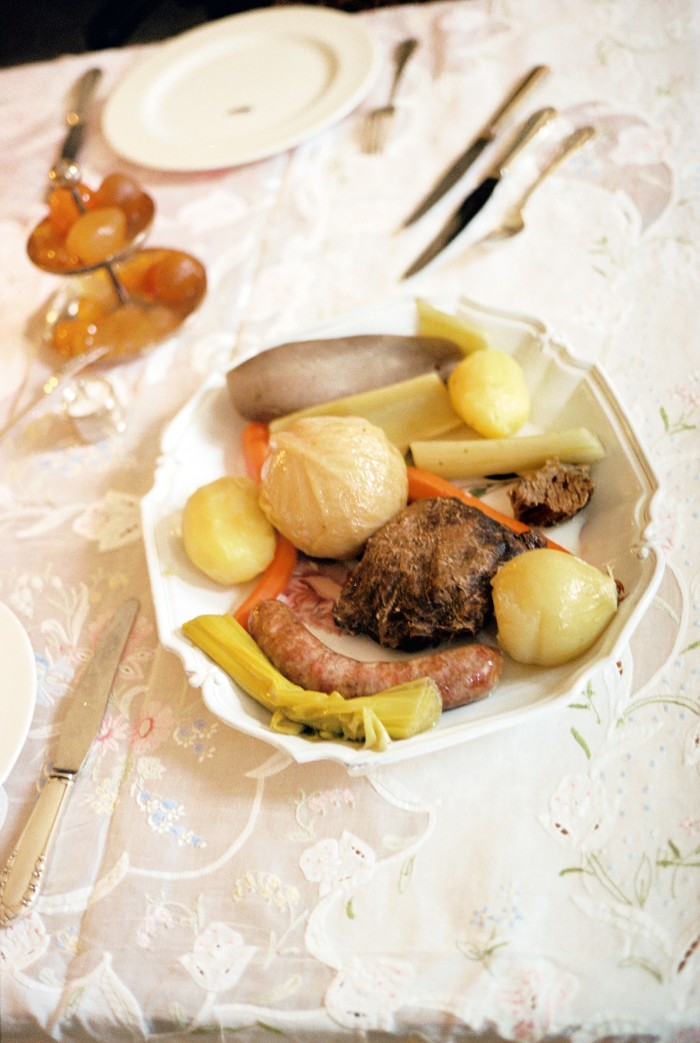Bring your dinner to boiling point

Roula Khalaf, Editor of the FT, selects her favourite stories in this weekly newsletter.
My favourite way to cook food is to boil it. There, I said it. Sure, meat kissing a searing-hot grill gives it a sexy smokiness, and a deep roast can do wonders for flavour, but to me the simplest, most delicious type of cooking requires only two things: a pot and water (well, and salt).
Boiled food, and specifically boiled meats, tend to have a bad reputation. I think the distaste boils down to meat being badly boiled. It shouldn’t be done aggressively in scorching water. A slow, long and steady simmer can do wonders to collagen-rich cuts such as oxtail and shank.

For centuries cultures have been boiling meat, and these dishes are integral to many of the world’s greatest food cultures. My favourite is the Italian bollito misto, the classic northern-Italian dish made of boiled oxtail, short rib, shanks, tongue, cotechino (an Italian pork sausage) and, sometimes, chicken. I love preparing a bollito: the preparation itself is quite simple. A big pot of boiled meat done right feels like a decadent indulgence, but then the by-products continue to make various appearances in each meal I cook in the days to follow. The liquid the meat is boiled in makes a delicious soup when eaten on its own, or works as a base for soups the following days. On the third day, I use the leftover chicken for impromptu tacos. It really is a gift that keeps on giving.

On a recent Saturday morning my partner and I took a walk to our neighbourhood butcher to buy bits and bobs for our bollito. In New York we love Ottomanelli & Sons, the oldest family-owned and -operated meat market in the city. There isn’t a long list of spices or sauces to enhance the ingredients here, so simply buy the best meat you can find. The cuts used for bollito are generally inexpensive, so it’s not about breaking the bank, but buying high-quality beef that is raised not too far from where you are, using responsible farming practices. We buy our meat the day before we want to cook in order to salt it overnight. Salting adequately is critical when cooking any type of meat. It makes or breaks the dish. We use a handful of kosher salt, which falls onto the surface of the cut and looks almost like a light blanket of snowfall.


One of the biggest differences between a home cook and a professional chef is the use of salt. Ignacio and I both cook for a living, and often talk about the difference between home cooking and restaurant cooking. Restaurant cooking tends to be more aggressive – saltier, more robust and assertive. People go out to restaurants expecting big, bold flavours. Home cooking is generally a little more subtle, but if you learn to salt properly and taste throughout the cooking process you will end up with memorable and delicious meals. Sometimes we bicker about how much salt is appropriate – I tend to think that restaurant-style cooking is a little too much at home.
As we’re two professionals sharing a home kitchen, people often ask us who does the cooking at home. The answer is both. The process is very natural, almost like dancing around each other to a shared rhythm, but without necessarily touching, or stepping on the other’s foot. Sometimes we each cook a dish, and other times we work on the same dish together – he’ll prep something that I cook, or I’ll break down meat or fish or make a stock for a dish he makes. Aside from the occasional salt tiff, we are always on the same page. But there is always only one person that ends up doing the dishes, and it’s not me. I somehow landed a fancy Michelin-starred chef who moonlights as a dishwasher at home.

One day before cooking the bollito, salt all the meat – except the sausages – heavily. Leave in the fridge overnight. The next day, an hour before you plan to start cooking, remove the meat from the fridge and allow it to come to room temperature.
Take a very large pot and put about five litres of water in it. Add all the ingredients at once on a medium heat. Once the pot is simmering, turn the heat down slightly. You’re going for a soft simmer. The idea is to cook everything until it is tender. Skim the surface as you go. The entire process will take about two to three hours. Things cook at different rates so once an ingredient is cooked, take it out. The first things that will cook are the vegetables. Keep your eye on them so they don’t overcook and collapse. Once they’re soft when pierced with a knife, remove them from the pot and set aside.
Once everything is cooked, place all the meat and vegetables back into the stock and heat through. We love eating bollito misto with salsa verde and tons of anchovies, topping the meat and veg with a splash of red wine vinegar and a further sprinkling of flaky salt.
Comments